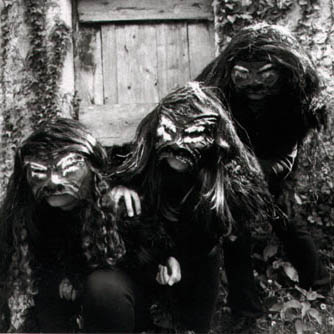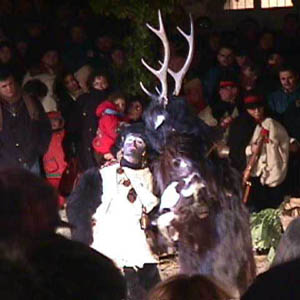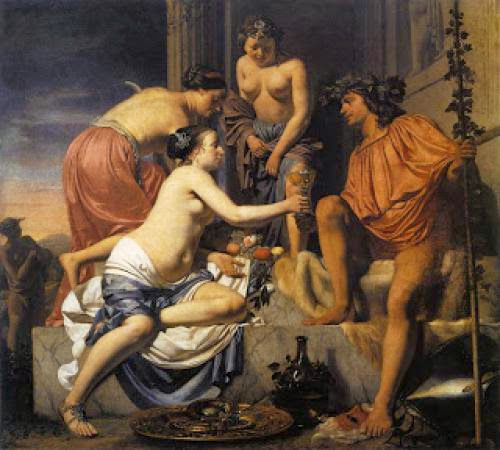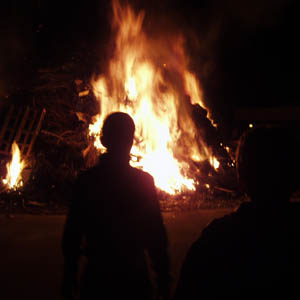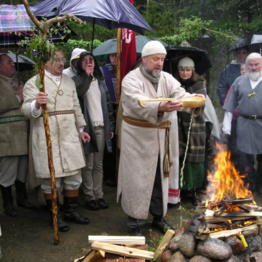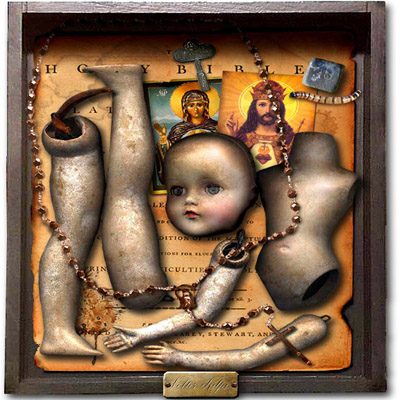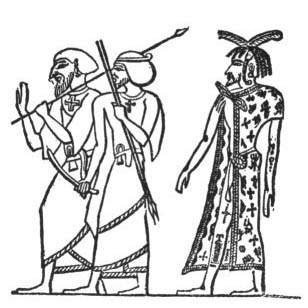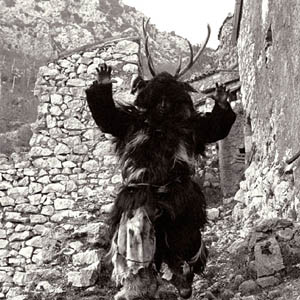 Stregheria is a branch of modern Paganism that celebrates early Italian witchcraft. Its adherents say that their tradition has pre-Christian roots, and refer to it as La Vecchia Religione, the Old Religion. There are a number of different traditions of Stregheria, each with its own history and set of guidelines. Stregheria appears to be based upon the writings of Charles Leland, who published Aradia: Gospel of the Witches in the late 1800s. Although there's some question about the validity of Leland's scholarship, Aradia continues to be the basis of most Stregheria traditions. The work purports to be a scripture of an ancient pre-Christian witch cult.
Stregheria is a branch of modern Paganism that celebrates early Italian witchcraft. Its adherents say that their tradition has pre-Christian roots, and refer to it as La Vecchia Religione, the Old Religion. There are a number of different traditions of Stregheria, each with its own history and set of guidelines. Stregheria appears to be based upon the writings of Charles Leland, who published Aradia: Gospel of the Witches in the late 1800s. Although there's some question about the validity of Leland's scholarship, Aradia continues to be the basis of most Stregheria traditions. The work purports to be a scripture of an ancient pre-Christian witch cult.
As with many other Neopagan religions, Stregheria honors both male and female deities, typically personified as the moon goddess and the horned god. Author Raven Grimassi, in his book Ways of the Strega says Stregheria is a blend of ancient Etruscan religion blended with Italian folk magic and early rural Catholicism.
Grimassi says of his tradition of Stregheria, "The Arician Tradition strives to maintain the ancient mystery teachings while at the same time working to adapt to modern times. Therefore we do embrace new material and teachings, but we do not discard older material."
Interestingly, there are some practitioners of Italian witchcraft who have tried to distance their version of Stregheria from Grimassi's and the other Neopagan forms of the religion. Some, in fact, have complained that it's become "too blended" with Wicca and other non-Italian traditions. Maria Fontaine, a third-generation Stregha from Pittsburgh, says, "A lot of what's traditionally sold as Stregheria by Neopagan authors is an offshoot of Wicca with Italian names and customs mixed in. Although there are some similarities, it's very different from traditional Italian folk magic. It's like the difference between eating real Italian food in a village in Tuscany, and going to your local Olive Garden restaurant for dinner. There's nothing wrong with either, they're just very different."
Books You Might Enjoy:
William Wynn Westcott - The Sepher Yetzirah
Michael Harrison - The Roots Of Witchcraft
Sepharial - Astrology And Marriage





